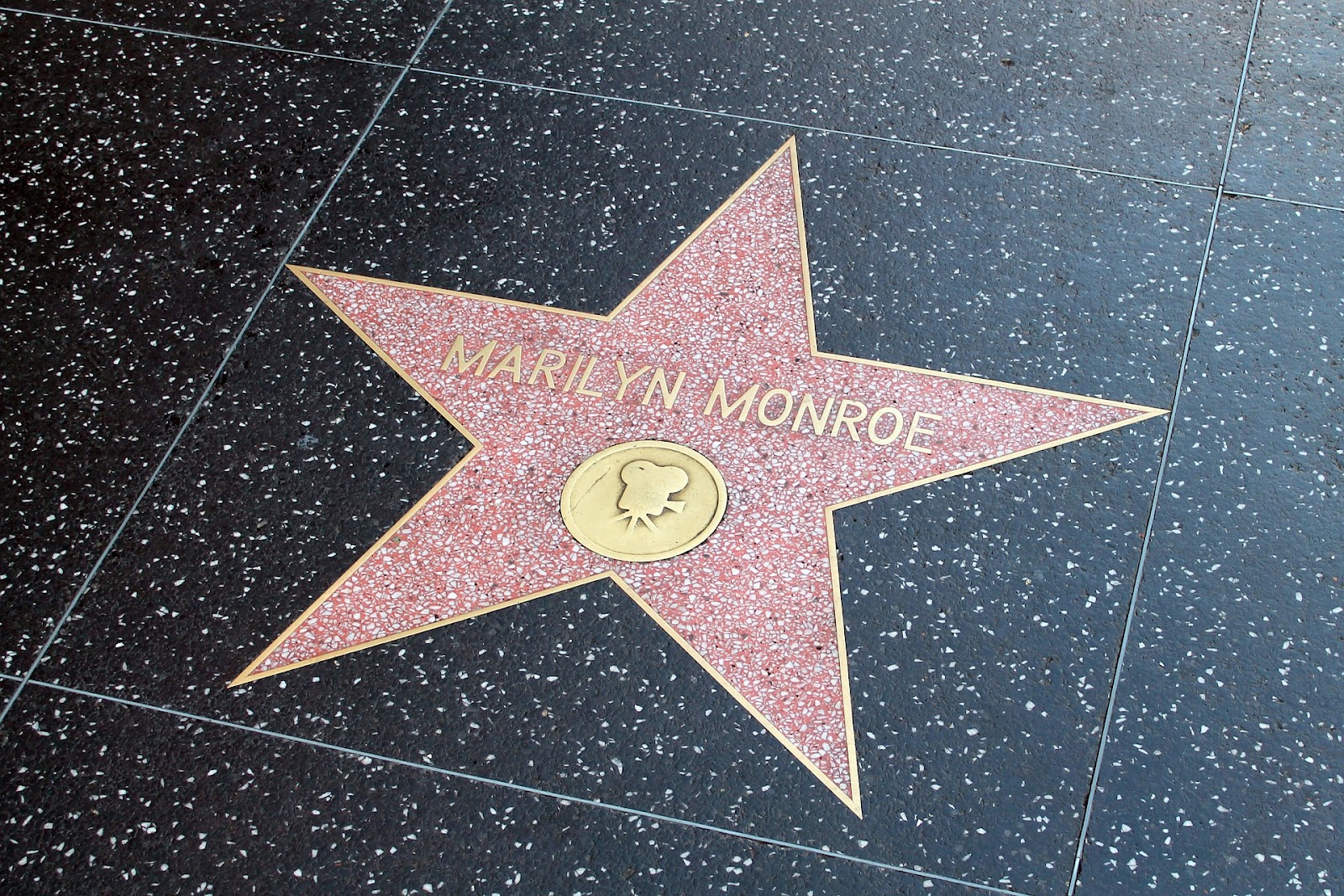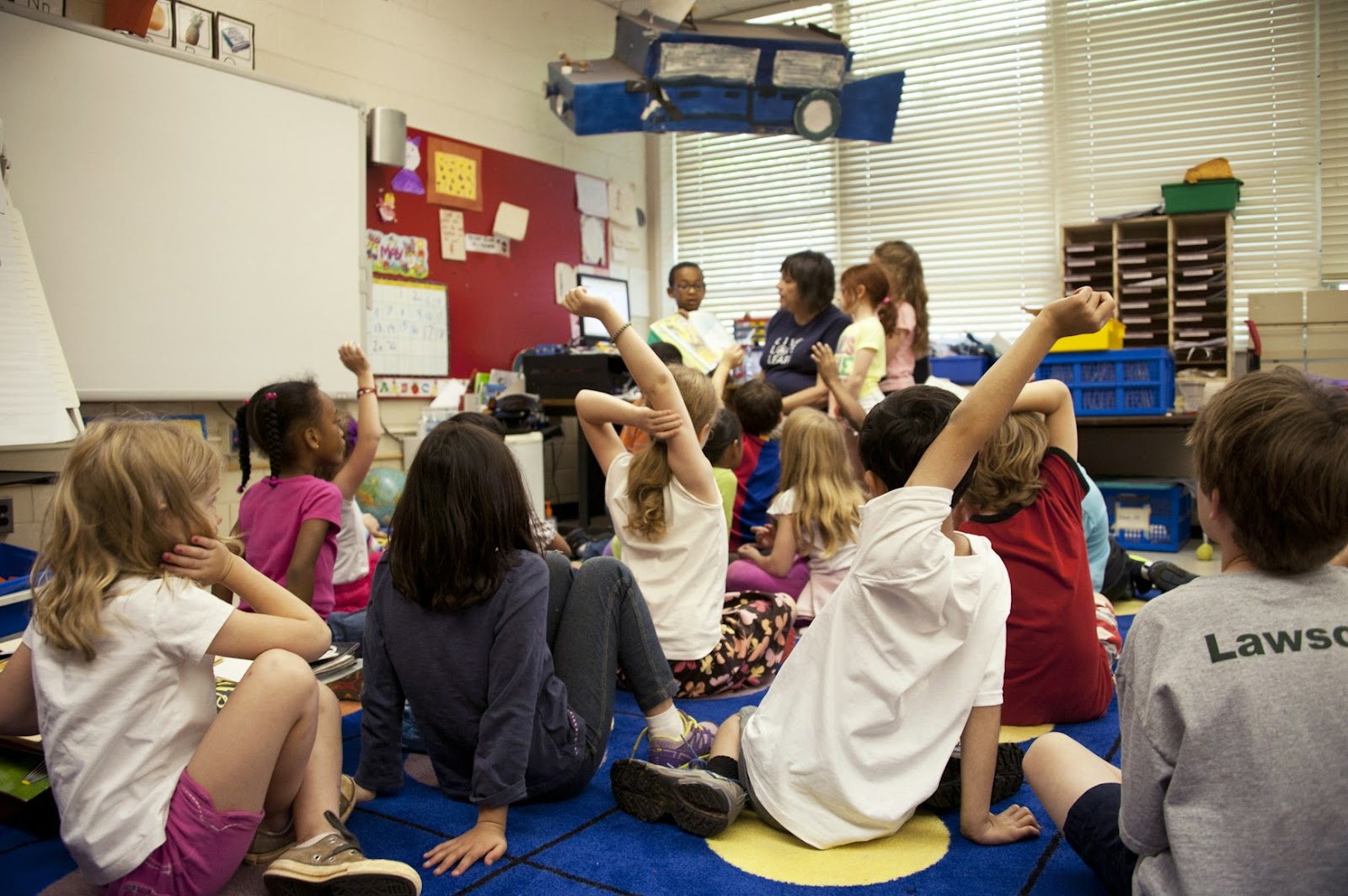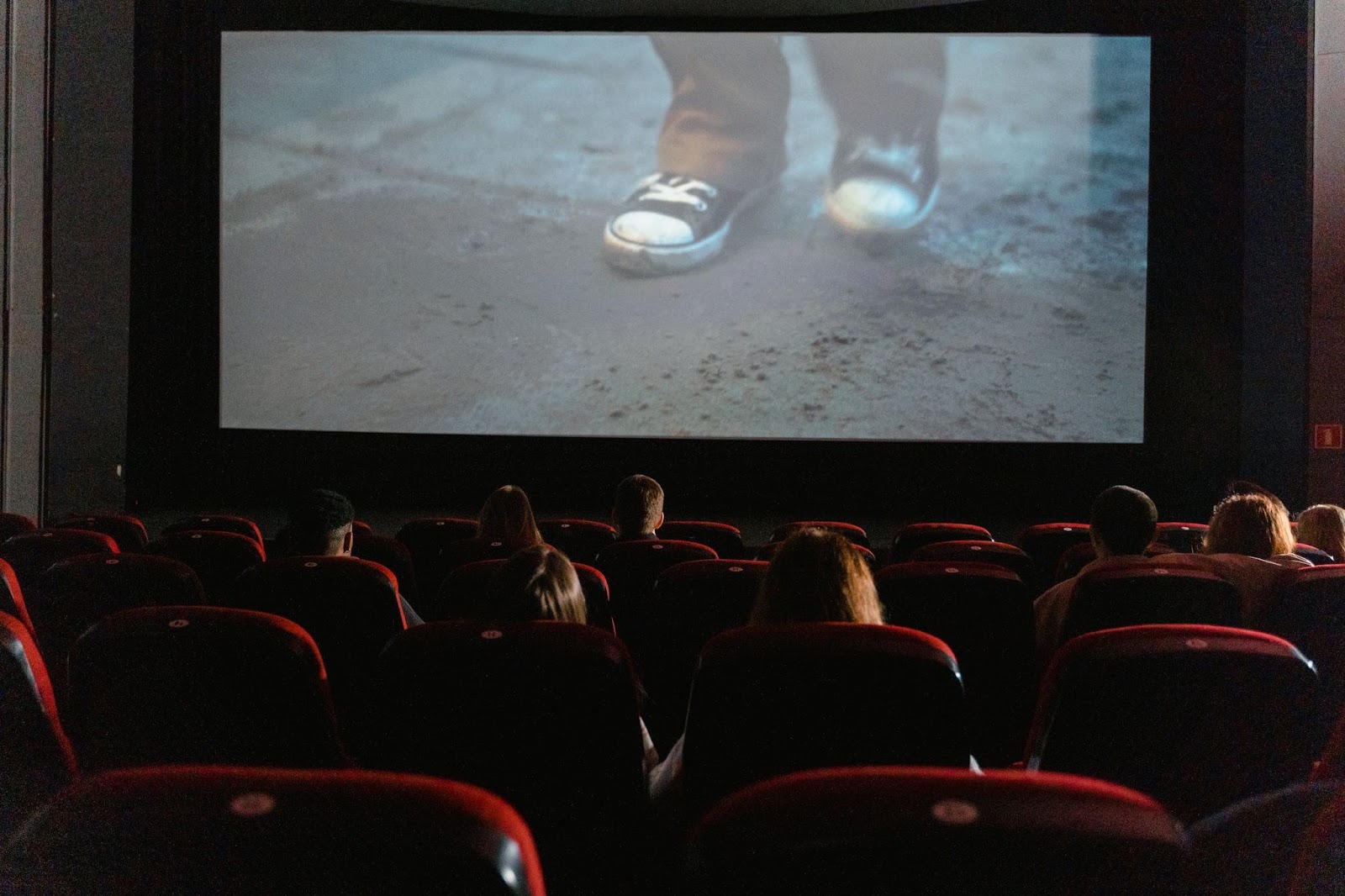Even after fortunes plummeted for the news business in the digital age, the last few weeks have been bleak for American journalism. Prominent newspapers like The Washington Post are laying off reporters and editors. On January 23, The Los Angeles Times dropped over 20 percent of its newsroom. Cable news ratings have fallen amid an uncompetitive presidential primary contest.
The pain is particularly felt at the community level. According to Northwestern University’s Medill School, an average of five local newspapers are closing every two weeks. Of 1,100 public radio stations and affiliates, only about one in five produce local journalism.
Andrew Heyward, a former CBS News president who now works with a group of M.I.T. researchers studying the future of news and information, stated, “At a time when America arguably needs more solid news coverage than ever, it is very disturbing to see economic forces arrange so powerfully against traditional news sources”.
Americans are suffering from news fatigue, inundated with significant stories like the coming election and wars in the Middle East and Ukraine. Those following the news have increasingly turned to social media and websites outside legacy organizations.
Companies spend more of their ad budgets to reach users on big tech platforms like Instagram and Google. Twitter, now X, shed relevance after its takeover by Elon Musk, while Google and Meta laid off key news employees, and the head of Instagram’s Threads app revealed it would not focus on news.
The rise of streaming platforms has drastically reduced moviegoers, leading to a grappling situation for parent companies of many news outlets. Disney, owner of ABC News, laid off thousands last year. NBC News laid off several employees this month as NBCUniversal lost viewers from its cable TV division. The debt-laden Warner Bros owns CNN, and Discovery has already gone through a round of layoffs. According to sources, Paramount is also planning deep cuts.
The New York Times, The New Yorker, and The Boston Globe have managed to survive by attracting digital subscribers. The Washington Post and The Los Angeles Times are poised for comebacks after a tech-savvy billionaire bought each newspaper. Hiring sprees and Pulitzer Prizes followed, but both lost millions of dollars this past year alone. Kevin Merida, Editor of The Los Angeles Times, resigned after a clash with the owner, Dr. Patrick Soon-Shiong, which led to extensive layoffs.
After word of these layoffs spread, Mary Louise Kelly, a host of NPR’s “All Things Considered,” wrote on X, “If you care about journalism — local news, national news, international news — every warning light should be blinking red.”
A similar situation prevails in the magazine world. Last week, Sports Illustrated, once a titan of sports journalism, announced the layoff of its entire staff, and its owners are considering licensing the property. Time magazine, owned by billionaire Marc Benioff, also began laying off employees the previous week. Condé Nast folded Pitchfork also laid off employees, including the editor-in-chief. The incident was followed by a workers’ protest at its World Trade Center headquarters.
In 2023, Business Insider, The Los Angeles Times, and NPR dropped at least 10 percent of their staff. The news division of BuzzFeed was shut down, and News Corp cut 1,250 people. National Geographic also laid off its remaining staff writers, while Vox Media went through two rounds of layoffs. Vice Media filed for bankruptcy, and Popular Science shut its online magazine. ESPN, Condé Nast, and Yahoo News have reportedly cut jobs.
Now, the news industry is considering the advent of AI as a significant hurdle. A.I. algorithms, which generate impromptu answers to readers’ questions, could replace online news sites as go-to sources for current events. The New York Times has sued OpenAI and Microsoft for copyright infringement. Some publishers, like Axel Springer, cut deals with OpenAI for annual payments in exchange for using their digital archives.
A Gallup and Knight Foundation survey in 2022 revealed that Americans placed far more trust in local news sources than in national media organizations. And just 19 percent of Americans described their trust in journalists as “high” or “very high.”
According to Mr. Heyward, the former CBS News president and present consultant to several local news outlets and local TV news stations, through enduring similar problems like more workloads for reporters, many are still in the bright spot even with stagnant salaries. “They can’t be demonized as fake news,” Mr. Heyward said of local outlets.







































































































































































